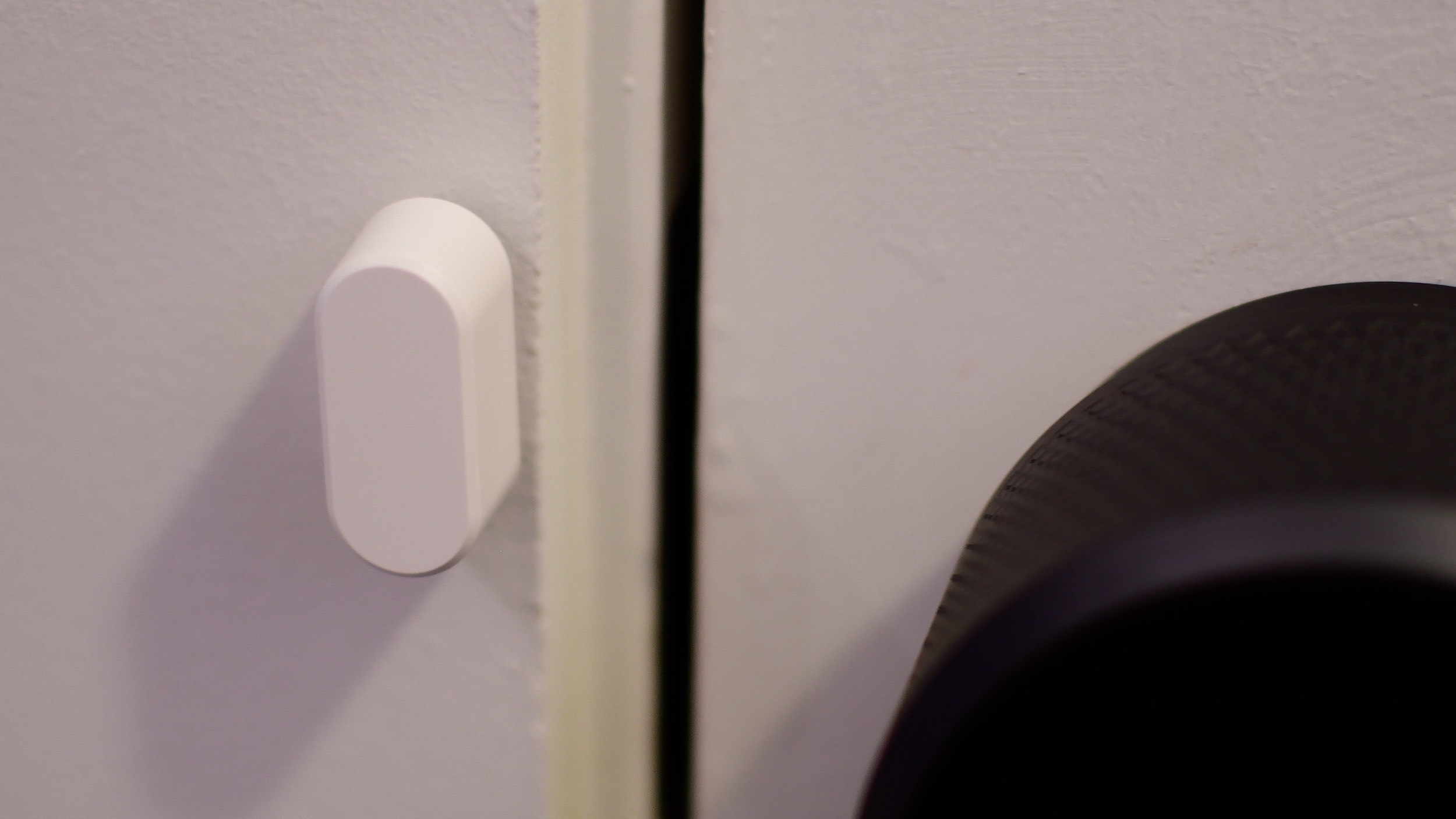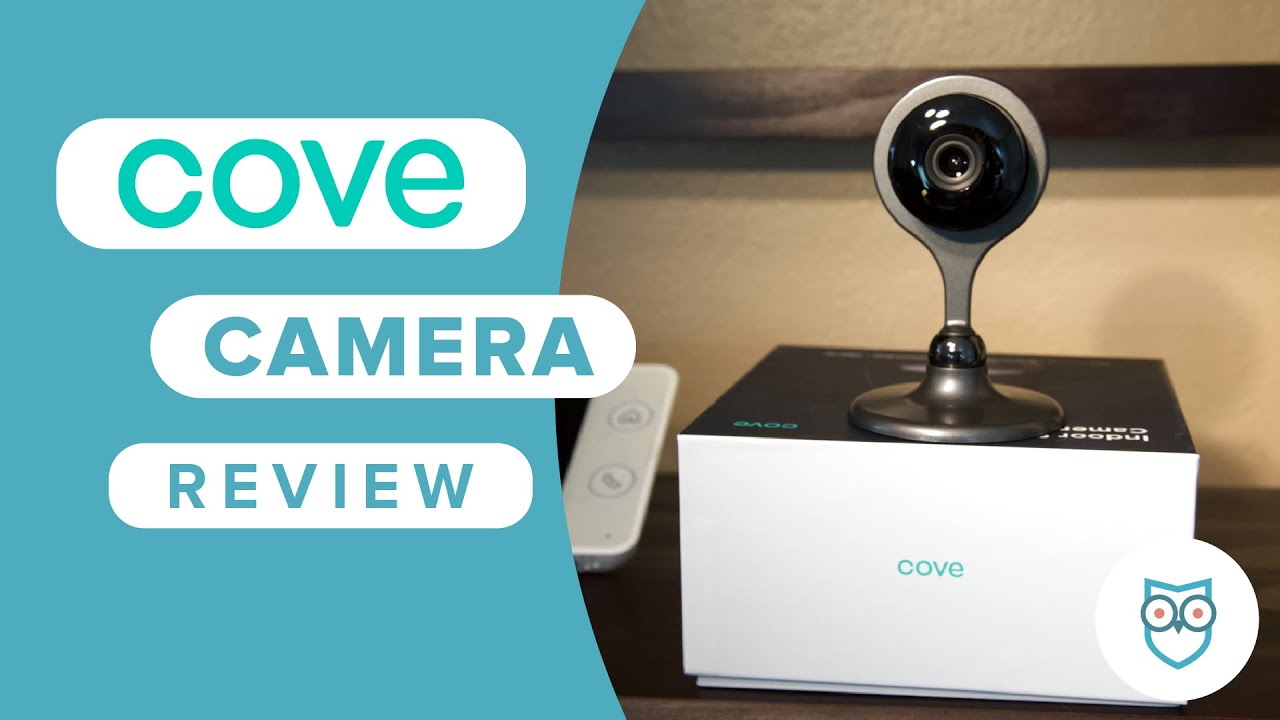
Cove offers the efficiency of a traditional security system for a fraction of the price. It offers 100% cellular communication, 24 hour backup battery, smash and grab protection, and 100% cellular connectivity. InstaText will alert you via InstaText in an emergency situation. Depending upon your plan, you might even be able voice commands or Alexa to manage the system.
Cove's hub can be used to control the system
The Cove Base Station is the central control centre for the Cove system. It has a touch screen panel that controls the Cove system. It can be used to adjust volume or arm the system. You can also view and modify personal settings. Add sensors. The backup battery can be used to keep the system powered for up 24 hours.
The Cove can work with Google Assistant and Amazon Alexa. The system can be arm-and-disarm by using voice commands. However, it is limited in functionality when compared with other smart home products. It can be used to maintain basic security and is compatible with third-party equipment.
Plans include Alexa voice control and Google Home voice control
Cove security systems offer voice control integration to Alexa and Google Home voice-assistants. This means that your system can be controlled by Google Home or Alexa from anywhere. Or, you could set up a hostage password that will alert your monitoring center if someone attempts to disable the system. Both systems will work with Amazon Echo devices and integrate with Google Assistant.

Cove offers both pre-configured and build your own kits. The base unit for the basic Cove system is a 7-inch touch screen panel. This device costs $184. The Cove system is simple to install and use.
InstaText notifies emergency contacts
Cove security systems will send emergency texts to any emergency contact you choose in the case of a security incident. This allows them, if required, to respond to the emergency. You can also provide a password for emergency responders so they can reach you quickly. You don't have to create a password in order to add emergency contacts.
Cove's security system for emergency response is UL-listed, TMA Five Diamond Certified, and has two hot-redundant locations. Cove's security monitor system supports two-way Voice. The Cove team will text you back to ask for assistance if the security system cannot reach the customer. The Cove team will contact you within 30 seconds after you have responded.
Cost
Cove offers home security at a fraction the cost of traditional systems. It features 100% cellular communications, a backup battery and smash-and–grab protection. Cove will notify the monitoring team of any attempt to break in to your home or take your valuables.
Cove offers a basic protection system that is completely free. However you must pay for monitoring after the initial 36 months. There are additional options for additional monitoring, but you'll have to pay for them upfront. It's recommended to start with a basic Cove security system. The basic setup includes door and motion sensors as well an indoor camera. You can upgrade to more advanced security equipment as you need it.

Customer service
Cove Security offers home security systems for a free 60-day trial. To get a full return, Cove Security will refund your purchase if you're not happy with the system. The company also covers the cost of shipping back the system. This is a much better offer than many security companies, which often only offer a 30-day guarantee.
Cove's customer support staff is available 24/7 via phone and email. Chat with customer support representatives online between 10:00 am and 6:00 pm Eastern Standard Time. If you are unsure about how to install your Cove security system, the company also provides online video tutorials to help you set up your new system.
FAQ
Motion sensors can be set up to sound an alarm
These motion sensor alarms have been around for decades and have gained popularity because of the increasing number of thefts and break-ins. These alarms are too costly and won't work in cabinets. A motion sensor alarm system can be a great way to protect your home against intruders.
Can I put in a security cam by myself?
Yes! If you are competent and have the right knowledge, you can install your own home alarm. If you are not confident in installing it yourself, you can hire an expert to assist you.
How do I choose between different types of home security systems?
You need to think about the potential threats that your area faces. An alarm that will sound when someone enters your residence might be a good idea if your area is plagued by crime. In rural areas where there are fewer burglaries, you might not need as much security.
Consider whether you are prepared to pay more for advanced features. Some systems have cameras built in while others do not. Some allow you monitor your house remotely while others require you physically to view the footage.
Can ADT hackable?
ADT security system remains one of the most trusted home alarm systems. ADT Home Security System continues to be considered the safest option by many customers. Its reputation as a trustworthy company that protects homes against burglary and fire is what they trust.
But, like all things, even the most trustworthy organizations find themselves under attack. Hackers can infiltrate a network at any time and steal sensitive data. When a hacker successfully infiltrates your network, he gains access to everything stored on the computer as well as the ability to change important settings of the software and hardware. Hackers can, for instance, delete files and change passwords. It is important to realize that hackers may not be able to see your files or access your home. You need to arm yourself with information on how to keep your systems protected.
What is the best wireless system for security?
D-Link Wireless Security System is my favorite wireless security system. It is also very affordable. All you need in one package. It includes a camera with motion sensor and a remote controller. Just plug it into the outlet and follow its simple instructions.
What is the number 1 home security system?
Ring Video Doorbell Pro remains the most popular home security system. You can use your smartphone to talk to and see any person at any time, from anywhere. You can also record video and share it via text message and email with your friends and family.
Statistics
- Most home security companies will charge you around 75% of the remaining term of your contract if you cancel early—and some require 100%.Related questionsWhat type of contract length can I expect from security providers?Home security system cancellation (safewise.com)
- Unlike other online safety services that charge up to 100 percent of your monthly fee, Cove charges no upfront fees and has no hidden costs.
- That's probably why Cove has a whopping 98%* customer retention rate. (safewise.com)
- Depending on your insurance, 24/7 professional monitoring may qualify you for as much as 15% off your premium. (safewise.com)
External Links
How To
How to test your home security system
How to test a Home Security System
The first step is to install your alarm monitoring software on your computer. Download the most recent version from the manufacturer's site. The next thing you want to do is to set up your phone number so that when someone calls the monitoring center they get routed directly to your line. If you don't know what to do, contact your local provider for help. Once everything is setup correctly, you're ready to start testing!
Two main methods can be used to test your system. The first way is to use a dummy device. It is a fake device that appears to be the real thing. It has the same features as the real one, but it doesn't actually work. The sound it makes when it turns on is identical to the real thing, if it was functioning properly. There are downsides to using a dummy gadget. First, it won't tell you anything about the actual functionality of your system. A second concern is that it could look suspicious to those who just happen to be looking at it. It might also be stolen.
Another method is to manually test your system. This involves going through the entire system one-by-one to make sure it is functioning properly. You would check, for example, whether the motion sensors are working, the cameras are recording properly, and if the door locks work. All of these should be tested at least once per week. You can feel confident in your system's operation once you have thoroughly tested it.